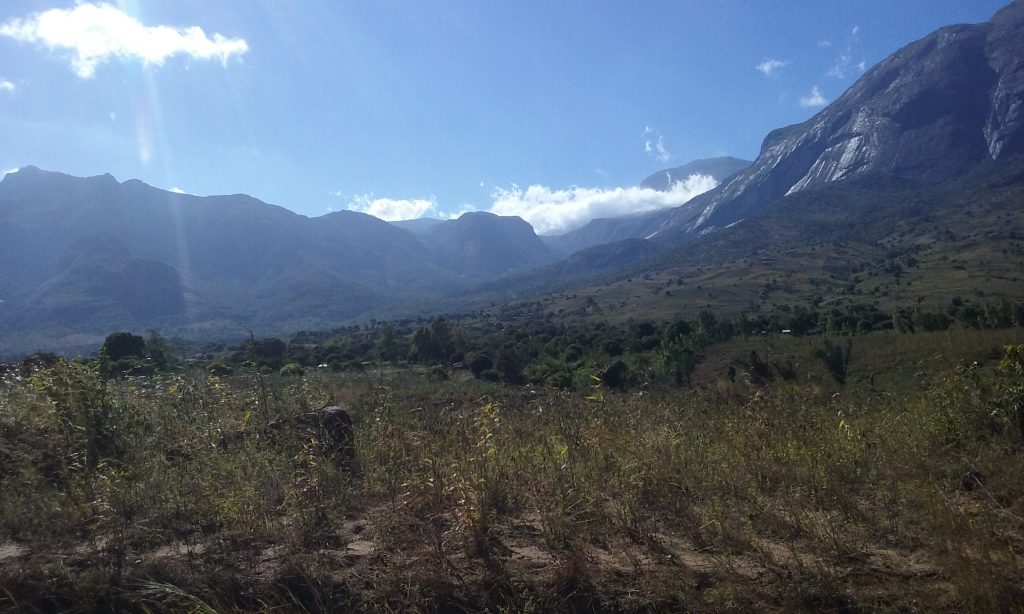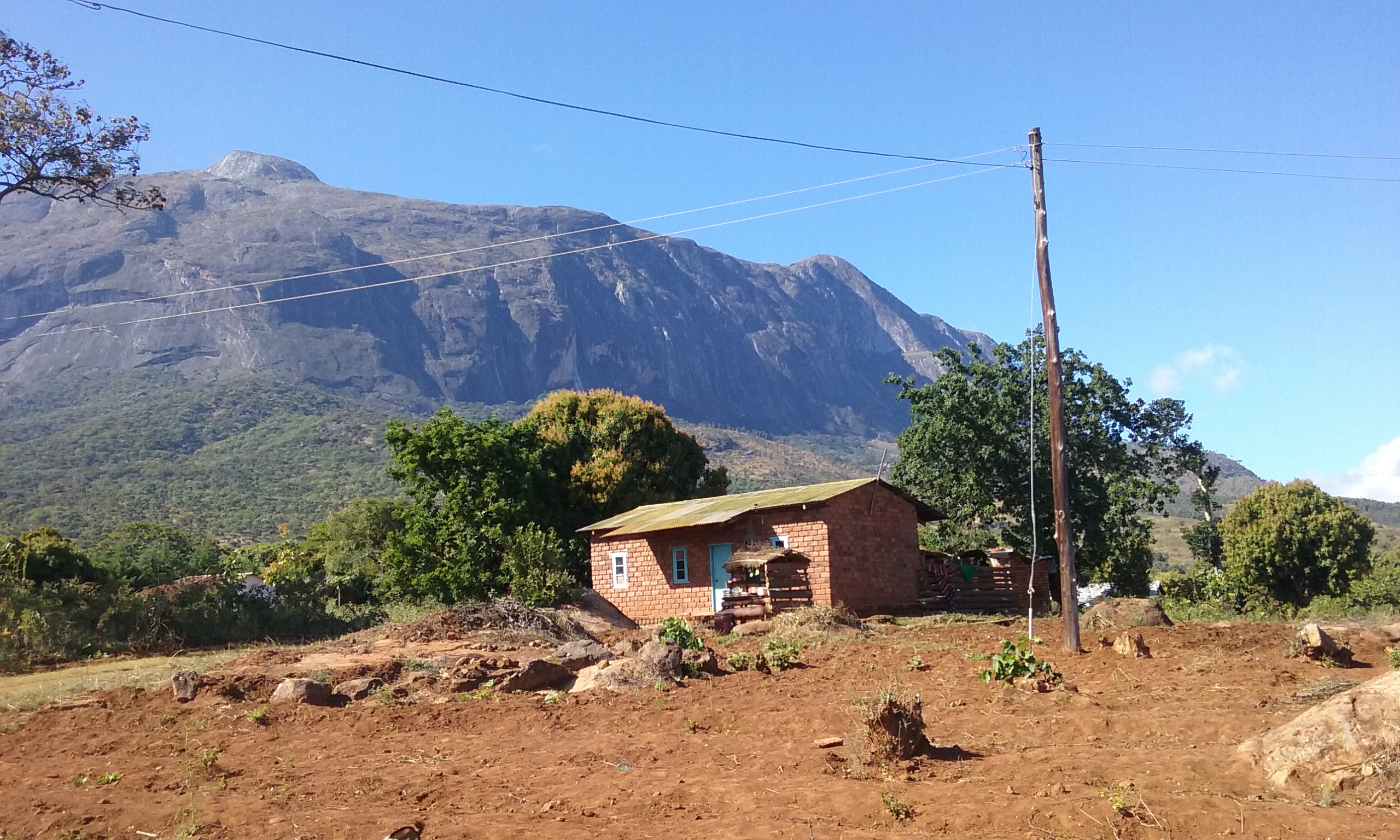In July, I traveled from Lilongwe to Mulanje in the very southern part of the country, not far from the Mozambican border. Mulanje is a small but striking mountain range that plays host to an annual endurance run called the Mulanje Porter’s Race that I was taking part in, but in addition it boasts Malawi’s most successful micro-hydro electricity mini-grid. Originally developed as a pilot project by the NGO Practical Action, the mini-grid has developed in to a commercial business and is now operated by the Mulanje Electricty Generation Agency (MEGA). I was unable to visit the generation plant or speak with any of the administrators for MEGA, but was told that most of the electricity cables I saw running through villages were fed by the micro-hydro generator that was driven by cascading water from the Lower Bondo River.

MEGA is a social enterprise, and is in fact, the first operational private energy company in Malawi. As a social enterprise, it is focused on affordable and accessible electricity for local consumers, attempting to minimize price rather than maximize profits to the extent that it can remain financially solvent and sustainable. The goal of MEGA is to build up additional micro-hydro generators in the coming years, build out more mini-grids, and possibly integrate those mini-grids at some point in the future. Doing so can create economies of scale for small-scale power generation and help to ensure long-term commercial viability and sustainability of the business. Currently, it is more expensive to purchase electricity from MEGA than it is for consumers purchasing power from the national utility, ESCOM, but local consumers in the Mulanje area are not dissuaded by the higher prices, and the enterprise is continuing to grow. The continuing demand for electricity produced and distributed by MEGA, despite the higher price compared to ESCOM, is an indication of just how much local consumers value the benefits of access to electricity.
Of course, the area around Mulanje has the distinct advantage compared with many other parts of the country, of ample resources of fast-moving water. Precipitation rates around Mulanje are well above average for Malawi, and the streams and rivers fed by water flowing down from the mountains offer an ideal opportunity for hydropower electricity generation. It is a somewhat unique environment, and one that is highly conducive to the development of a small electricity production scheme. Few areas in Malawi are endowed quite as much with natural potential as Mulanje, so scaling up small power production schemes and mini-grids elsewhere in the country will require the adoption of power-generation methods that are appropriate to local contexts. But the continued success of MEGA is nothing less than encouraging, displaying the value that consumers place on the electricity services that have become available, and the feasibility of establishing functional decentralized energy systems in Malawi. Many more steps will have to be taken at the regulatory and policy level to encourage growth of the decentralized energy sector, but the continuing success of MEGA is hopefully a sign of good things to come for decentralized energy and improved energy access for the rural poor in Malawi.
